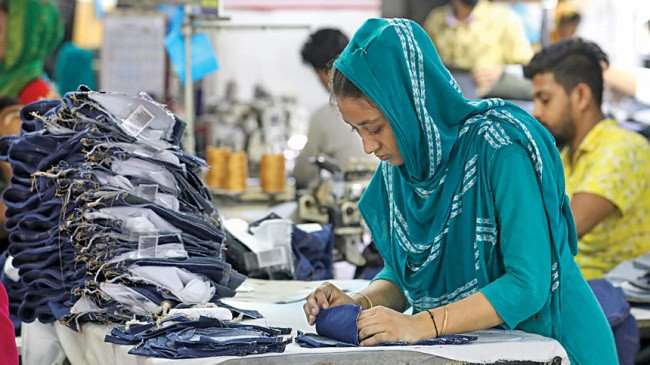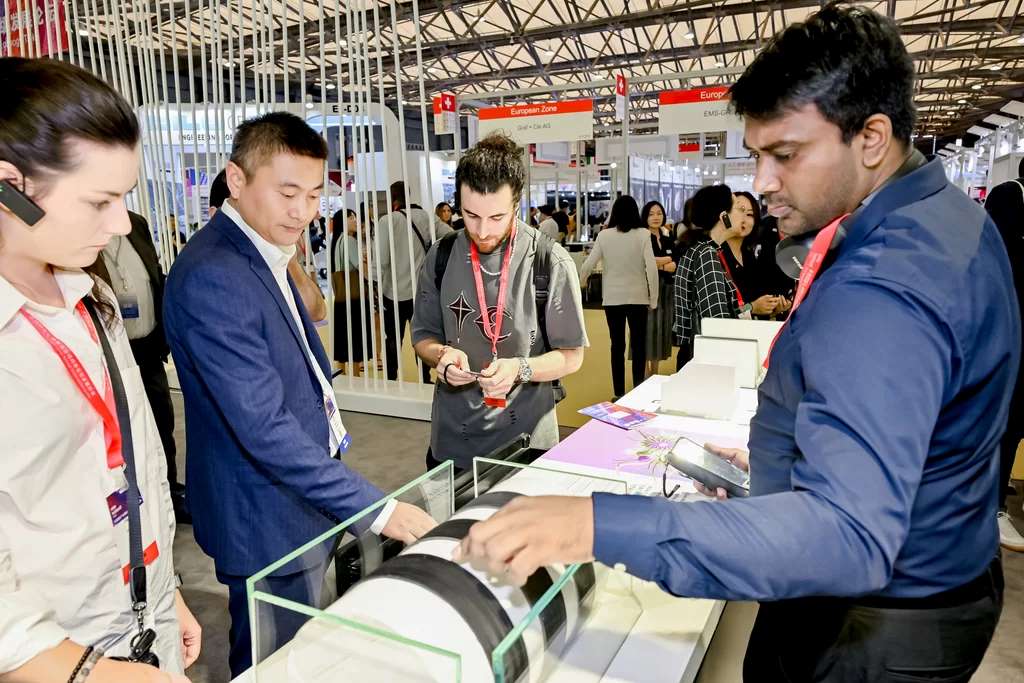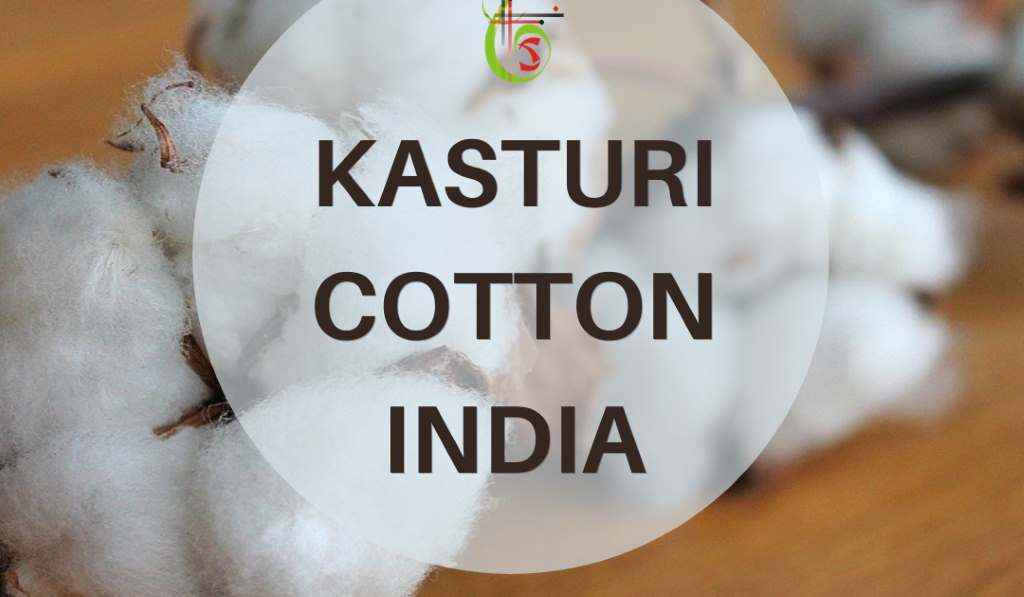FW
Cashmere prices have fallen since last October in China. The luxury market has shown signs of weakness from watches to bags, as consumer demand has softened, and so the decline evident for Chinese cashmere can be attributable to this larger trend.
Cashmere in the new season will be coarser, shorter and most probably with lower yields. This scenario also signifies a drop in quality. The supply side of the cashmere industry could be quite volatile in the light of export taxes and a smaller clip with coarser, shorter fiber in China. There could be a scramble for supplies of the best grade which could be in short supply and which could sell at a decent premium to inferior ones.
Mongolia is reportedly drafting a law to levy 10 per cent tax on exported cashmere fiber. With the introduction of this tax, the government is trying to limit the exports of semi-processed fiber and wants to support the Mongolian mills.
Iran is imposing a customs duty of 20 per cent on all exports of greasy Iranian cashmere. But since most big traders who have exported huge quantities from Iran in 2013-2014 undervalue their export invoices, the real effect is not 20 per cent but 5 to 7 per cent. The timing of this law, which came into effect in September 2014, coincided with the price drop of cashmere worldwide.
Orta Anadolu, a Turkish denim specialist which counts brands such as Gap, Uniqlo and Levi’s among its customers, has launched ‘Vegan Denim’, a collection of naturally dyed denim, which it says can be produced on an industrial scale. Using a new ‘patented dyeing process’, the company says, it has produced good colour density and shade consistency for a range of indigo and natural denim shades without the need for metal-based mordants.
Orta Anadolu further claims to have cracked the age-old problem of using natural dyes on an industrial scale to produce reproducible denim qualities acceptable to big retailers and brands. The new ‘Vegan Denim’ uses less water, less energy and fewer chemicals than conventional denim dyeing methods. The company has developed this new process with an EU grant to produce vegetable dyes for denim that has solved the problem of dye affinity and shade consistency on an industrial scale.
The new process is not just for dyeing with natural indigo, according to Ozaydin, but also for dyeing jean with other natural dyestuffs from extracts of plants such as madder (reds), green and black tea and the shells of walnuts for natural soft tones.
The new process is applicable to three denim dyeing techniques. Traditional rope dyeing denim, over dyeing denim fabrics too are using the Orta ‘i-Core’ method to coat cotton fabrics with a mixture of natural indigo and an ‘eco-friendly’ resin finish supplied by Garmon Chemicals of Italy.
Nordic Fashion Association launched a new action plan in Copenhagen for sustainable fashion and textiles in the Nordic region. The initiative will focus on promoting sustainable design, increase pressure on the EU for enhanced chemical regulations, and promote recycling, reuse, and eco-labelling.
According to Kristen Brosbøl, Danish Minister of the Environment, the Nordic textile and fashion industry has the potential to become a leader in design, consumption and production. With the launch of this action plan, Nordic region can lead the way for green growth, a beacon for sustainable fashion and textiles, and can take it one step closer to that goal, he said.
The action plan has four key focus points: prompting more sustainable Nordic design through education programs across the region, putting more pressure on the EU for more enhanced chemical regulations, promoting eco-labelling, and moving the market more towards recycling and reuse.
The Nordic Fashion Association is inviting key industry players throughout the textile supply chain to come together and give the region a complete ‘sustainable makeover’. The Nordic sustainable fashion and textile futures also included presentations from representatives at H&M, the Sustainable Fashion Academy, and the Swedish Fashion Council.
The dependents of victims of Rana Plaza that collapsed near Dhaka have sued the government of Bangladesh and three leading global apparel brands in the United States, say industry sources. According to the National Law Journal, published from Washington, the lawsuit filed with the US district court in Columbia last week claimed the brands Wal-Mart, J C Penney, The Children’s Place and the Bangladesh government were aware of the unsafe conditions of the building. The construction of the Rana Plaza building did not meet even basic building safety standards. Bangladesh breached its duty to its citizens by failing to properly inspect the building, failing to ensure compliance with local construction standards, and, most significantly, failing to ensure the safety of factory workers, said the lawsuit.
The lawsuit further claimed that retailer defendants breached their duty to workers in the Rana Plaza building by failing to implement standards and oversight mechanisms designed to ensure the health and safety of workers who manufactured clothing for their stores. As a result of defendants’ unlawful conduct, thousands of workers at the Rana Plaza building in Bangladesh suffered death and serious bodily injury.
Abdur Rahaman as personal representative of Sharifa Begum and Mahamudul Hasan Hridoy, the two victims filed the lawsuit through his attorney. Sharifa died and Hasan was maimed. When the eight-story building collapsed 1,129 people were killed and about 2,515 people were injured. Many of the victims were women and children, said the lawsuit.
Apparel sourcing players are now looking to tap the potential of sub-Saharan Africa. A recent study by McKinsey ‘Sourcing in a volatile world the East Africa opportunity’ reveals nearly 40 per cent of buyers see sub-Saharan Africa becoming more important to the global apparel industry in the next five years, up from just 24 per cent in 2013. For the first time Ethiopia is mentioned amongst the most important future sourcing destinations.
Chief purchasing officers (CPOs) plan to increase sourcing from sub-Saharan Africa nearly tenfold by 2020. This seemingly remarkable growth would see their sourcing from the region rise from just 0.3 per cent to 2.8 per cent. And while the majority of respondents say they see sub-Saharan Africa gaining in importance for the apparel industry over the next five years, few have concrete plans to add it into their own sourcing strategies. Nearly 40 leading apparel CPOs from Europe and the US were surveyed. They are collectively responsible for a sourcing volume of around $70 billion.
China is likely to remain the apparel production powerhouse for the foreseeable future, points out the report, but they also acknowledge the industry’s on-going search for attractive places in other parts of the world. There is extensive potential in sub-Saharan Africa and it remains untapped, notes Achim Berg, leader of McKinsey’s Apparel, Fashion & Luxury Group.
The optimistic outlook for sub-Saharan Africa is spurred by an analysis of population trends with the anticipated long-term growth in the working-age population set to reach levels similar to those of China by 2035. The top garment exporting countries in sub-Saharan Africa are: Mauritius with $761.3million in exports in 2013; South Africa ($502.9 million), Lesotho ($417.9 million) and Madagascar ($381.1 million). But those generating most interest are the East African nations of Ethiopia ($36.5 million) and Kenya ($279.3 million), both of which are taking steps to develop their domestic textile and garment industries and are already attracting orders from some of the largest US and European brands and retailers.
Asked to rank the most important future sourcing destinations, respondents included Ethiopia for the first time. In fact, for first time an African country has been mentioned. Berg believes, these two countries now have opportunities to boost their share of the global sourcing market. While Ethiopia has benefits on the cost side, such as labour and energy costs, Kenya offers higher levels of productivity. But there are still some hurdles that both countries need to overcome: they must work to ensure social standards and legal security as well as fight corruption.
Maharashtra is targeting procuring a record 11 million bales of cotton in the current marketing year till September. The Maharashtra State Co-operative Cotton Growers Marketing Federation will undertake procurement operations as a sub-agent of the state-run Cotton Corporation of India (CCI) in the current year.
While CCI is expected to procure 10 million bales in 2014-15, the federation would purchase one million bales. It will help CCI in cotton procurement in Maharashtra. This operation is primarily aimed at safeguarding the interests of farmers and avoiding any distress sale. Plentiful supplies and poor export demand had driven down cotton rates below the benchmark prices earlier in the season. However, the situation has largely improved due to procurement operations by the CCI, which has so far mopped up 8.7 million bales, just short of the record 8.9 million bales it had purchased in 2008-09.
Although procurement at the minimum support prices has been halted by the CCI in recent weeks due to an uptick in prices, some amount of cotton can still be procured from select parts of Maharashtra.
The CCI procures cotton from farmers at minimum support price and sells the stocks in the market later. Any losses out of the procurement operation are reimbursed by the government.
The National Board of Revenue (NBR) has been urged by the Bangladesh Garment Manufacturers and Exporters Association (BGMEA) to continue and settle down the existing 0.30 per cent tax at source on export for the next five years. The apex body has also requested the NBR to exempt the apparel makers from all kind of tax including import-duty, Value Added Tax (VAT) and Advance Income Tax (AIT) on the import of construction materials for the factories to be constructed in Garment Economic Zone.
Atiqul Islam, President of BGMEA, has demanded same sort of tax benefits for importing Fire Proof Colour Coating to be used as pre-fabricated building materials. He further added that buyers representing 220 brands from across the world can now have updated information on 1,700 factories under the platform of BGMEA. They can also be informed about any crack or any error in the factories from BGMEA website, so no factories excepting the compliant ones can run business in Bangladesh.
As for the upcoming Budget, the BGMEA President opined it will be a challenging one. Demanding special benefits for RMG sector from NBR, Islam also recommended the NBR to continue income tax at a minimised rate of 10 per cent for the next five years.
Cordura has developed a range of fibers designed primarily for the development of durable high viscose knitted and woven fabrics. These will be showcased at Techtextil, Germany, May 4 to 7, 2015. The high tenacity polyester fiber range is air-jet textured for enhanced abrasion resistance and tensile and tear strength.
Finished Cordura fabrics made using these qualifying fibers can be printed, laminated or used in uncoated forms and are suited for products such as outdoor clothing, high performance sportswear and safety footwear. The fabric collection features a range of rugged, comfort flex solutions. Cordura Classic 500D nylon 6,6 fabrics combine excellent abrasion resistance with the stretch recovery performance of lycra fiber and find application in high performance apparel such as work wear reinforcement and motorcycle garments.
The Nyco fabric is based on an intimate blend of cotton and Invista’s T420 nylon 6.6 fiber. It offers comfortable durability in military and tactical uniforms while providing abrasion resistance and no melt no drip thermal protective performance.
For more than 45 years, Cordura fabrics have provided enhanced protection, durability, and comfort. The goal is to help provide high performance, protective solutions that inspire designers and product developers to create functional solutions for their customers.
www.cordura.com/
The polyester chain witnessed another bout of price advances in the week ended April 24. Polyester staple fiber and filament yarn prices zoomed past or almost at par with the previous high seen in the last week of November 2014.
This time the price push came from demand side rather than the cost side. Also helping were the rounds of maintenance shutdown in the upstream industry. Added to these factors were a couple of fire breakouts at petrochemical plants in China that feed the polyester industry.
In India, producers held stable offers amid limited enquiries as downstream have stocked up raw material while in Pakistan prices were basically stable and transactions followed up marginally.
Filament yarn producers also raised offers amid bullish sentiment as traders, holding cautious outlook, avoided purchasing in large volumes. In India, partially oriented yarn prices were unchanged amid modest trading as producers were producing for their own use. In Pakistan, draw texture yarn prices were stable amid modest trading. Downstream buying was mainly on rigid demand.
In the upstream, Asian ethylene prices rose for the twelfth consecutive week led by Southeast Asia where spot supply was tighter compared with north east Asia. European ethylene prices too rose on tight supply.
Welspun India has reported a 97.39 per cent increase in its consolidated net profit for the fourth quarter ended on March 31, 2015. Total consolidated income also increased 15.26 per cent during the quarter under review. Consolidated total income from operation increased 21.25 per cent in financial year 2014-2015.
The firm had reported a consolidated net profit of Rs 81.75 crores during the January to March quarter of the last fiscal. The company's focus on innovation as well as strategic partnership with its clients has helped it increase its market share.
One of its key focus areas in the coming year will be the domestic market through its brands Spaces and Welhome. Welspun is the third largest home textiles company globally. It’s the trusted and preferred supplier to 14 of the top 30 global retail giants like Wal-Mart, J C Penney, Target and Macy’s.
The company’s board has recommended a final dividend at the rate of 75 per cent (Rs 7.50 per share), taking the total dividend for the year to 105 per cent (Rs 10.50 per share).
www.welspunindia.com/












